1. Cod Liver Oil for Everything

In the 1950s, cod liver oil was a household staple touted as a cure-all remedy for a wide range of ailments. It was commonly used for boosting immunity, relieving joint pain, and improving skin health. Cod liver oil is rich in omega-3 fatty acids and vitamin A, both of which were thought to be essential for optimal health, according to Independent. People believed that taking a spoonful of cod liver oil daily could prevent a variety of illnesses, including colds, flu, and even rickets in children. It was often suggested as an effective way to strengthen bones and support heart health. However, the taste was notorious for being unpleasant, and some even mixed it into milk or oatmeal to mask the flavor.
While it may have been a popular home remedy back in the day, modern-day health experts tend to recommend more palatable sources of omega-3s and vitamin A, such as fish oil capsules or flaxseed. Despite its pungent nature, many believed it to be a miracle cure for improving overall health and preventing chronic diseases. The widespread use of cod liver oil in the 1950s symbolizes the era’s belief in the healing power of natural animal-based products, even if some of the remedies are now considered outdated or ineffective by today’s standards.
2. Bear Grease for Hair Growth
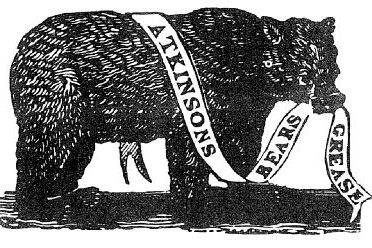
In the 1950s, bear grease was used as a hair tonic for promoting hair growth and preventing hair loss. It was commonly believed that applying bear fat directly to the scalp could encourage new hair growth, strengthen hair follicles, and improve the overall health of the hair. Bear grease was typically used in the form of a thick oil that could be massaged into the scalp, and many believed it would prevent baldness or slow down hair thinning. Additionally, people thought it could protect the hair from the damaging effects of the environment and promote a shiny, thick mane.
Today, the use of bear grease has fallen out of favor, with scientifically backed hair growth products replacing this once-popular remedy. The ethical concerns surrounding the use of animal fats, along with the lack of scientific evidence to support their effectiveness, led to the decline of bear grease as a common hair care product. Today, hair serums, minoxidil, and natural oils like jojoba or castor oil are used for hair growth, providing safer and more environmentally friendly alternatives. The use of bear grease as a hair remedy remains a curious part of cultural history, symbolizing the era’s reliance on animal-based products for personal care.
3. Beaver Tincture for Libido
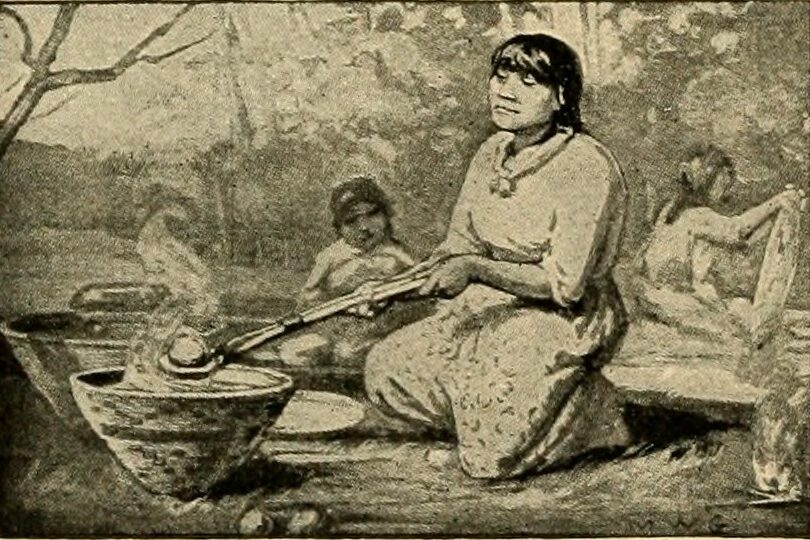
One of the stranger animal-based remedies of the 1950s was the use of beaver genitalia tinctures to improve libido and sexual health, according to PubMed Central. Beaver genitalia were believed to contain a substance known as castoreum, which was thought to be an aphrodisiac. In fact, castoreum, which is obtained from the scent glands of beavers, has been used in perfumes and traditional medicines for centuries. In the 1950s, people would steep the them in alcohol or create tinctures to take as a remedy for low energy and sexual dysfunction. It was marketed as a natural stimulant, and some believed it could help revitalize men’s sexual health.
Despite the peculiar and, for many, unsettling nature of the remedy, it was not uncommon for people to believe that animal-derived substances like castoreum could enhance sexual vitality and overall health. Today, beaver tinctures are virtually nonexistent in modern medicine, with safer and scientifically-backed treatments now available for sexual health and energy levels. The practice serves as a quirky reminder of how animal-based ingredients were once thought to hold the secret to maintaining youthful vigor and health.
4. Whale Oil for Dry Skin and Eczema

In the 1950s, whale oil was often used as a home remedy for dry skin, eczema, and other skin conditions. It was extracted from the blubber of whales, particularly the bowhead whale, and was prized for its moisturizing properties. It was believed to provide deep hydration and could help soothe irritation, making it a popular choice for people with chronic skin conditions, according to Cool Antarctica. Whale oil was often included in soaps, creams, and lotions, and it became a widely used ingredient in beauty products.
As environmental awareness and concerns over whaling practices grew, the use of whale oil became controversial, and it was eventually phased out in favor of more sustainable and ethical alternatives. The practice of using whale oil in personal care products is now largely regarded as outdated and unsustainable. Despite its temporary popularity in the 1950s, today’s market is dominated by plant-based oils such as coconut oil and argan oil, which are considered safer and more ethical options for moisturizing and treating skin conditions. The history of whale oil serves as a reminder of how far we’ve come in terms of both sustainability and scientific understanding of what constitutes effective skincare.
5. Shark Liver Oil for Cancer Treatment

During the 1950s, shark liver oil was another animal-based product believed to have medicinal properties, particularly in the treatment of cancer. Shark liver oil contains high levels of alkylglycerols, which were believed to have immune-boosting properties, according to Hug Your Life. It was commonly marketed as a natural remedy for various cancers and was often promoted as a way to enhance overall vitality. Some people believed that taking shark liver oil could strengthen the immune system and improve the body’s ability to fight off disease.
However, the scientific community later found that the health claims associated with shark liver oil were not supported by credible evidence. Despite its popularity in the 1950s, shark liver oil is now viewed as an unproven treatment with no definitive link to cancer prevention or treatment. Modern cancer treatments are based on well-researched and proven therapies, and the use of animal-based oils has been largely replaced by more effective and scientifically validated methods. The widespread use of shark liver oil highlights the historical reliance on animal-based products for health and healing, even when those remedies were not based on sound scientific knowledge.
6. Bird Droppings for Facial Treatments

Another peculiar animal-based remedy from the 1950s was the use of bird droppings in facial treatments, particularly nightingale droppings. Known for their purported skin-rejuvenating properties, bird droppings were believed to cleanse the skin, remove dark spots, and even reduce the appearance of wrinkles, according to CosmoPolitan. The feces were often mixed with other ingredients to create a mask or scrub that could be applied to the face. This treatment was thought to promote a smooth and youthful complexion by exfoliating the skin and providing natural enzymes that helped with skin renewal.
While the use of bird droppings as a beauty treatment may seem strange by modern standards, it was a popular practice in several cultures, including Japan, where it was incorporated into the geisha’s beauty regimen. Today, bird droppings have been replaced by more safe and effective skincare treatments, and modern dermatology does not advocate for their use. Despite this, the use of bird droppings as a skin-care remedy serves as a bizarre reminder of the eccentric and often misguided approaches to beauty treatments in the mid-20th century and the animal-based ingredients that were once thought to hold miraculous healing powers.
7. Cow Urine for Detoxification

In the 1950s, cow urine was promoted as a natural detoxifying agent and was believed to cleanse the body of toxins. It was thought to be a healing elixir that could purify the liver, improve digestion, and even cure various skin conditions. People would drink small amounts of cow urine daily or use it in bath soaks for cleansing rituals. Its popularity was particularly prominent in rural areas, where animal-based remedies were more common, and the health benefits of cow urine were often passed down through generations. In some cultures, cow urine was even considered sacred and was believed to possess spiritual healing properties.
Modern medical experts, however, have strongly debunked the health claims associated with cow urine, and its use as a remedy is generally regarded as outdated and unscientific. Although some may still use it in traditional practices or for alternative healing today, the idea of cow urine as a universal detoxifier has long been replaced by more effective, scientifically validated health practices. The use of cow urine as a medicine from the 1950s represents an era when many people turned to unconventional remedies without clear understanding of their benefits or potential risks.
8. Whale Blubber for Arthritis

During the 1950s, whale blubber was another animal-based ingredient used as a remedy for arthritis and joint pain. People believed that rubbing whale blubber, often in the form of a greasy ointment, onto inflamed joints could help reduce pain and swelling. Whale blueberry was rich in omega-3 fatty acids, which were thought to possess anti-inflammatory properties and promote joint health. It was applied directly to the skin as a topical solution or sometimes consumed in small amounts. The belief was that it would help lubricate the joints and ease stiffness, much like modern-day fish oils.
With the growing awareness of whale conservation and the harmful effects of overhunting, the use of whale blubber as a health remedy became controversial. Today, sustainable fish oils and plant-based oils have replaced whale blubber as preferred sources of omega-3 fatty acids for joint health. The practice of using whale blubber as a remedy reflects a time when the connection between animals and health was often taken for granted, and products derived from endangered species were widely used without consideration for their environmental impact.
9. Ox Gall for Hair Growth
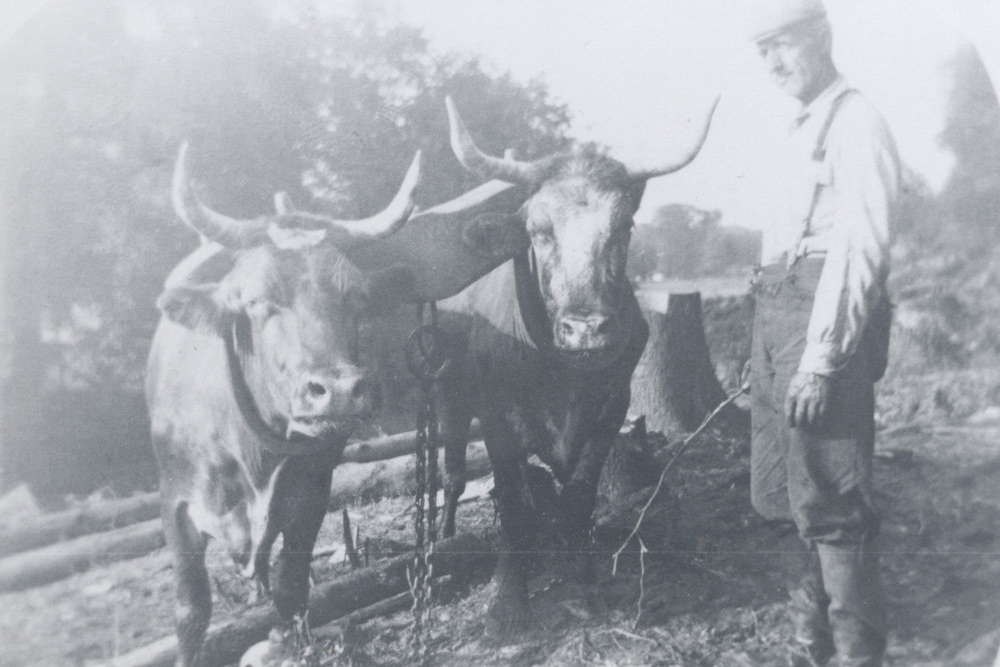
In the 1950s, ox gall, the bile of an ox, was used as an ingredient in hair growth treatments. It was believed that the bile acids and enzymes in ox gall could stimulate hair follicles, promote hair growth, and help thicken thinning hair. People would apply ox gall directly to the scalp as a hair tonic or find it in shampoos and hair serums that claimed to rejuvenate the scalp. Its popularity was based on the idea that animal-based products contained powerful natural ingredients that could benefit the human body in unexpected ways.
However, the idea that ox gall could promote hair growth was later debunked by modern dermatology. Today, hair growth treatments tend to focus on more scientifically supported ingredients, such as minoxidil, biotin, or natural oils like argan oil. The use of ox gall serves as a strange and historical example of how animal-based ingredients were often tried in various beauty regimens during the mid-20th century, despite the lack of scientific evidence to back their claims.
10. Pig Fat for Wrinkles and Skin Care
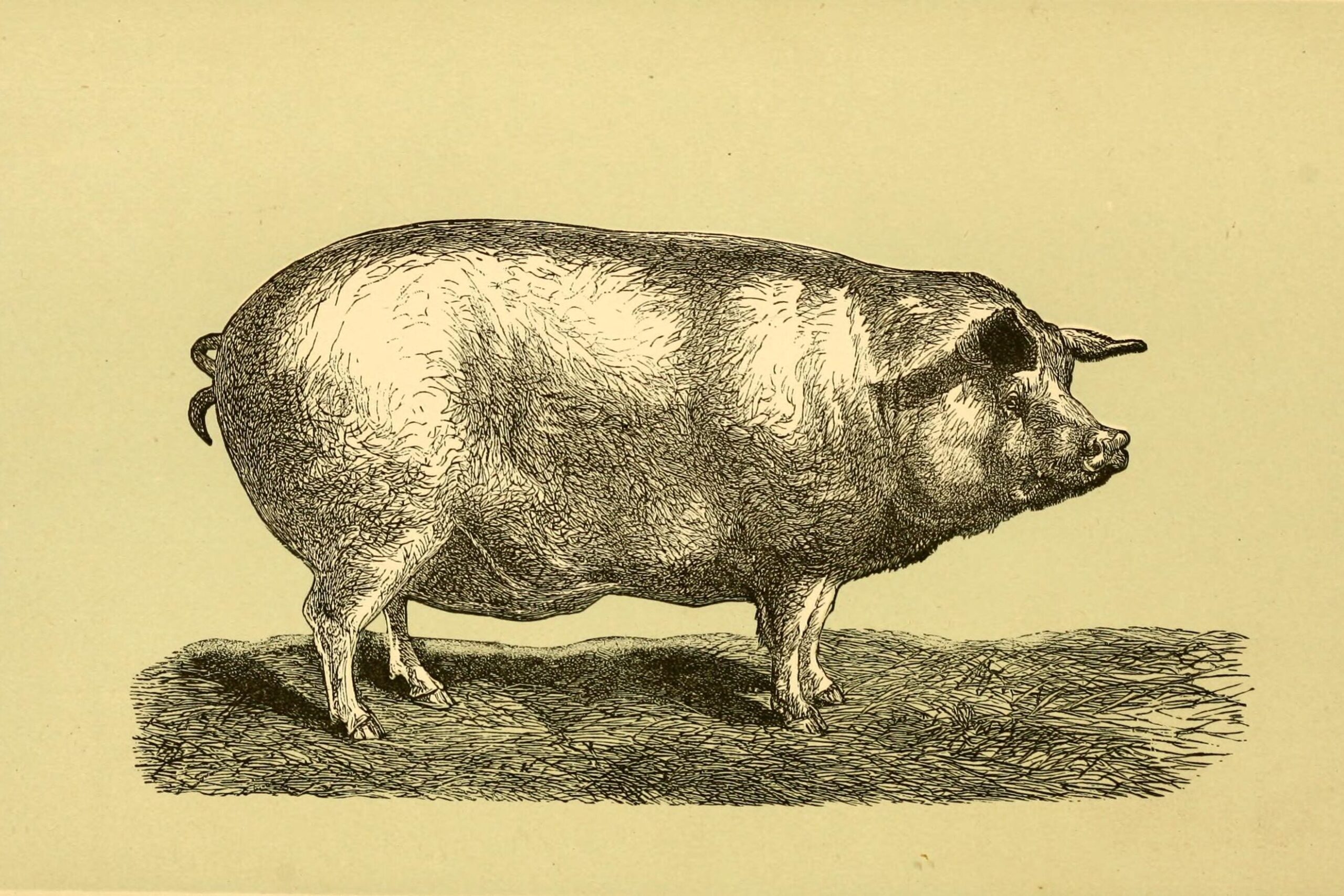
In the 1950s, pig fat, also known as lard, was commonly used as a moisturizer and anti-aging remedy. It was believed that the natural fats in lard could hydrate the skin, reduce the appearance of wrinkles, and promote a youthful complexion. People would apply pig fat directly to their face as a night cream or use it as an ingredient in homemade beauty masks. It was thought to be particularly beneficial for dry, cracked skin and was even used to treat conditions like eczema and sunburns. Pig fat was seen as a natural solution for keeping the skin supple and smooth.
While lard may have provided some moisturizing benefits, modern dermatologists recommend using more refined and safe products for skincare. Today, plant-based oils such as jojoba or shea butter are preferred for their soothing and hydrating properties. The use of pig fat in skincare is now considered outdated, reflecting the era’s tendency to rely on animal-based fats in beauty treatments before the advent of more scientifically formulated skincare products. Despite the questionable effectiveness of this remedy, it remains a quirky piece of cosmetic history.
11. Hornet Venom for Pain Relief

A more unusual animal-based remedy from the 1950s involved the use of hornet venom for pain relief, particularly in cases of rheumatism or muscle pain. People believed that stinging insect venom, like that from hornets, contained compounds that could numb pain and reduce inflammation. Some even went so far as to intentionally expose themselves to hornet stings or use hornet venom in ointments to target sore muscles and joints. While it might sound painful and dangerous, hornet venom was thought to contain natural anti-inflammatory agents that could relieve pain more effectively than conventional treatments.
Today, such practices are no longer considered safe or effective. Modern medicine now offers anti-inflammatory medications and pain relief therapies that are both safer and more reliable. The practice of using hornet venom in home remedies exemplifies the 1950s belief in the power of animal-based and often extreme treatments for curing health ailments. The danger of such remedies has led to a better understanding of animal-based compounds and their possible adverse effects.
12. Bat Wings for Cough and Cold

In the 1950s, some cultures used bat wings as a home remedy for treating a cough or cold. The belief was that bat wings, particularly when dried and ground into a powder, could act as a decongestant and immune booster. People would add the powder to herbal teas or consume it in capsules to relieve symptoms like runny noses, chronic coughs, and congestion. The rationale behind this treatment was based on the assumption that bats, as creatures of the night, had a certain mystical energy that could transfer healing powers to humans.
Modern medicine has long since moved away from such animal-based remedies, with over-the-counter cold medications and cough syrups being more widely used today. The notion that bat wings could help with respiratory issues is now considered a curiosity of the past, tied to ancient folk traditions that relied heavily on superstition rather than scientifically proven methods. This strange remedy highlights how, in the past, many people turned to animal-derived products in attempts to treat common ailments before the development of more effective medical treatments.
13. Goose Grease for Chest Congestion
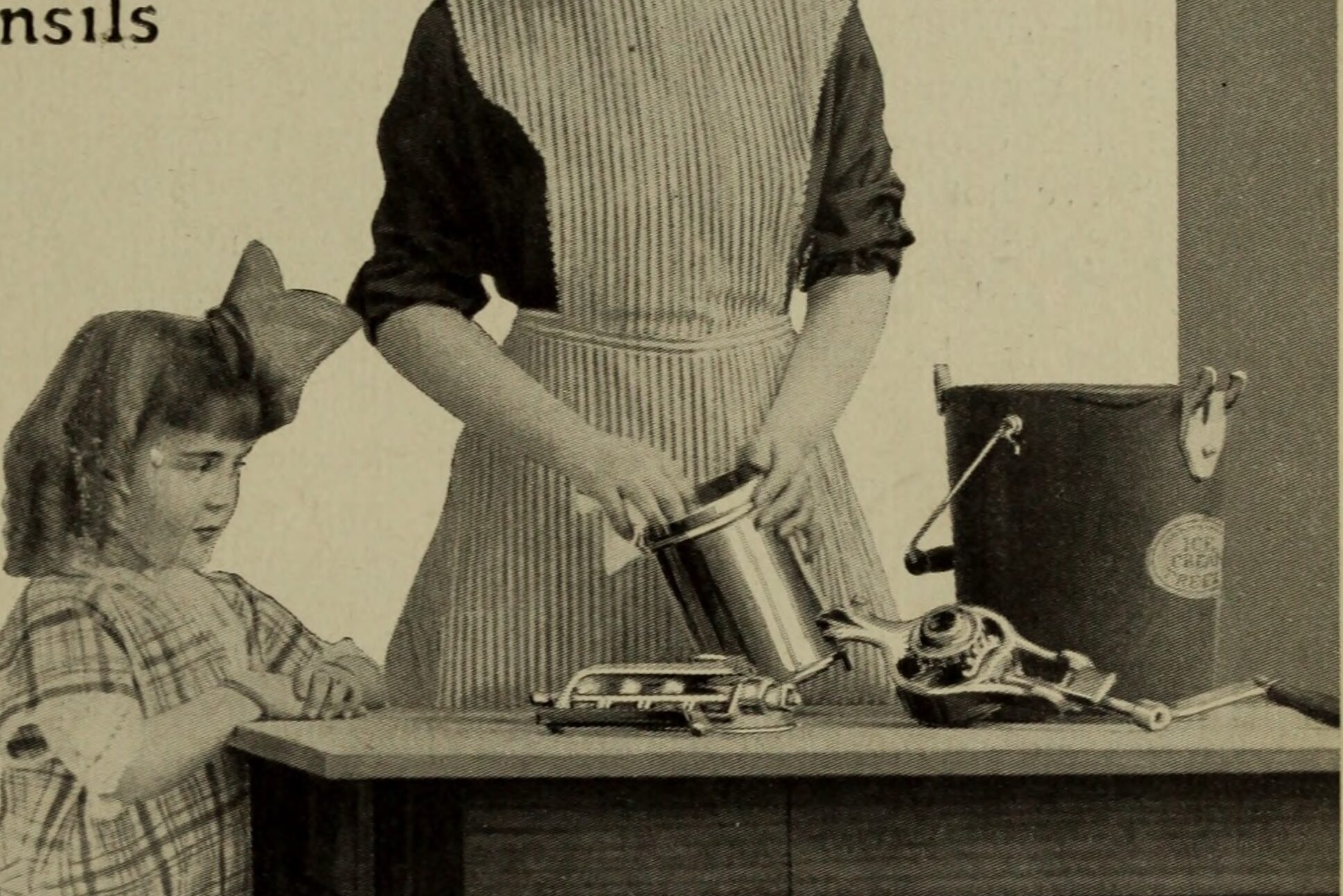
In the 1950s, goose grease was often used as a remedy for chest congestion, particularly for children with coughs or upper respiratory infections. The treatment involved rubbing goose grease on the chest to help loosen mucus and ease coughing. The warmth of the grease was believed to help open airways and provide relief from stuffy noses. It was often combined with other natural ingredients like mustard or camphor to enhance its effectiveness. Families would apply goose grease at bedtime and cover it with a warm cloth, expecting relief by morning.
While this remedy might have offered some comfort due to the warmth and soothing effects of the goose grease, it is no longer recommended by modern medical professionals. Today, there are more effective treatments for congestion and coughs, such as decongestants and humidifiers. The use of goose grease for respiratory issues provides a glimpse into the past, where animal-derived substances were often used in ways that are now considered unsanitary and ineffective for treating such ailments.


